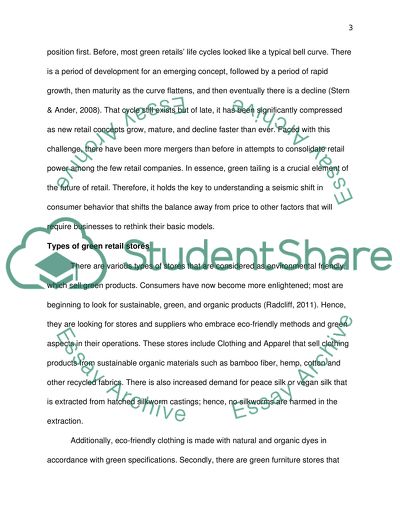Cite this document
(Retail Innovation - Green Tailing Coursework Example | Topics and Well Written Essays - 2000 words, n.d.)
Retail Innovation - Green Tailing Coursework Example | Topics and Well Written Essays - 2000 words. Retrieved from https://studentshare.org/marketing/1435816-green-tailing-retail-innovation
Retail Innovation - Green Tailing Coursework Example | Topics and Well Written Essays - 2000 words. Retrieved from https://studentshare.org/marketing/1435816-green-tailing-retail-innovation
(Retail Innovation - Green Tailing Coursework Example | Topics and Well Written Essays - 2000 Words)
Retail Innovation - Green Tailing Coursework Example | Topics and Well Written Essays - 2000 Words. https://studentshare.org/marketing/1435816-green-tailing-retail-innovation.
Retail Innovation - Green Tailing Coursework Example | Topics and Well Written Essays - 2000 Words. https://studentshare.org/marketing/1435816-green-tailing-retail-innovation.
“Retail Innovation - Green Tailing Coursework Example | Topics and Well Written Essays - 2000 Words”, n.d. https://studentshare.org/marketing/1435816-green-tailing-retail-innovation.


